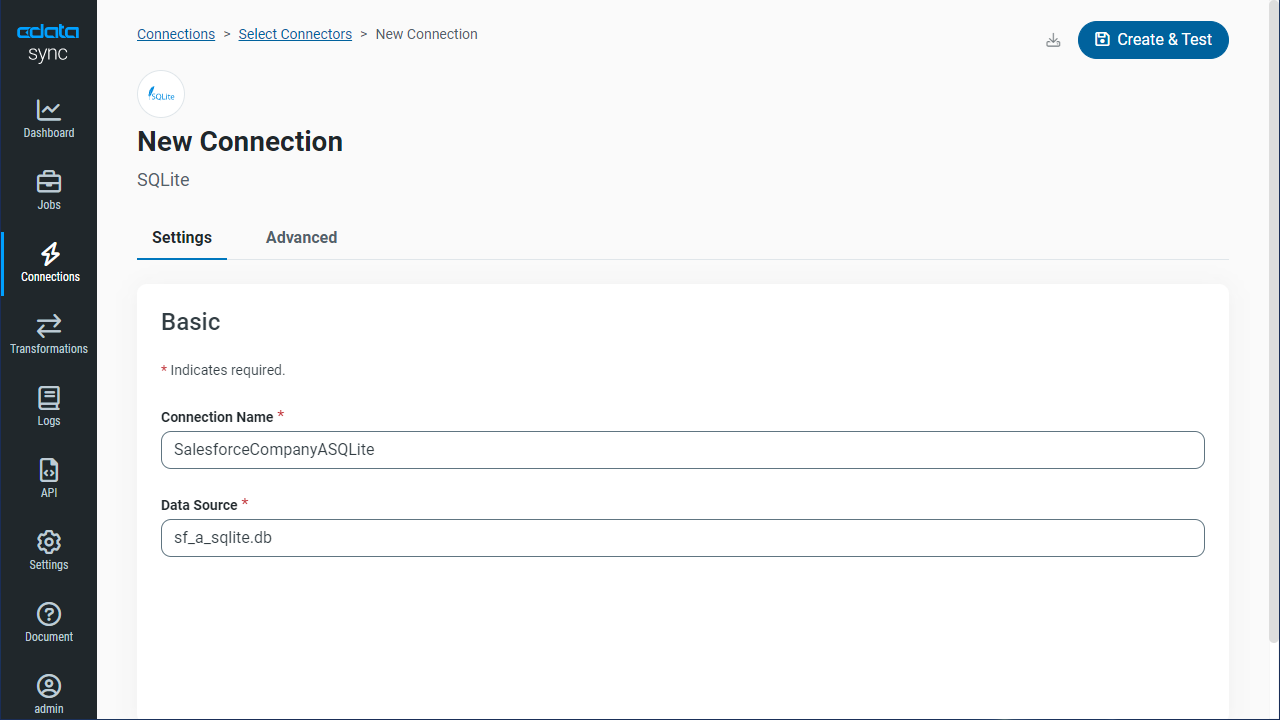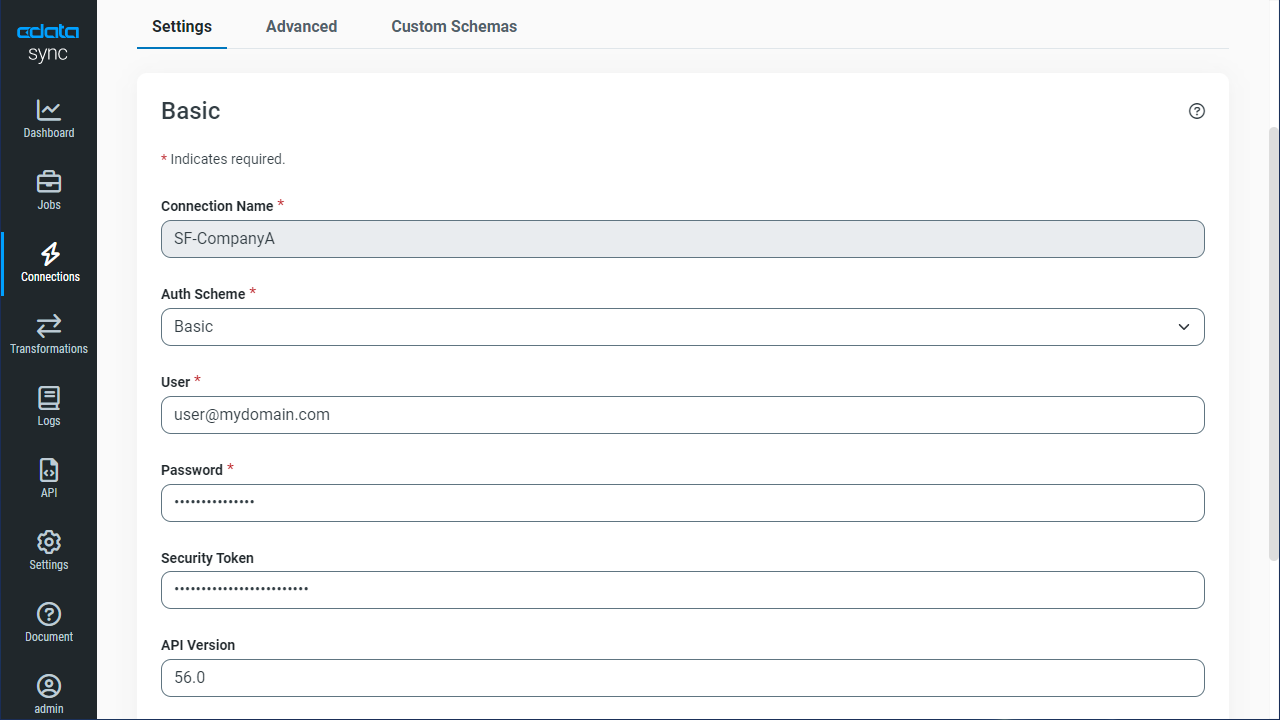Discover how a bimodal integration strategy can address the major data management challenges facing your organization today.
Get the Report →Replicate YouTube Analytics Data to Multiple Databases
Replicate YouTube Analytics data to disparate databases with a point-and-click configuration.
Always-on applications rely on automatic failover capabilities and real-time access to data. CData Sync integrates live YouTube Analytics data into your mirrored databases, always-on cloud databases, and other databases such as your reporting server: Automatically synchronize with remote YouTube Analytics data from Windows.
Configure Replication Destinations
Using CData Sync, you can replicate YouTube Analytics data to any number of databases, both cloud-based and on-premises. To add a replication destination, navigate to the Connections tab.
For each destination database:
- Click Add Connection.
- Select a destination. In this article, we use SQLite.
![Configure a Destination connection.]()
- Enter the necessary connection properties. To replicate YouTube Analytics to a SQLite database, enter a file path in the Data Source box.
- Click Test Connection to ensure that the connection is configured properly.
![Configure a Destination connection (SQLite is shown).]()
- Click Save Changes.
Configure the YouTube Analytics Connection
You can configure a connection to YouTube Analytics from the Connections tab. To add a connection to your YouTube Analytics account, navigate to the Connections tab.
- Click Add Connection.
- Select a source (YouTube Analytics).
- Configure the connection properties.
YouTube Analytics uses the OAuth authentication standard. You can use the embedded CData OAuth credentials or you can register an application with Google to obtain your own.
In addition to the OAuth values, to access YouTube Analytics data set ChannelId to the Id of a YouTube channel. You can obtain the channel Id in the advanced account settings for your channel. If not specified, the channel of the currently authenticated user will be used.
If you want to generate content owner reports, specify the ContentOwnerId property. This is the Id of the copyright holder for content in YouTube's rights management system. The content owner is the person or organization that claims videos and sets their monetization policy.
![Configure a Source connection (Salesforce is shown).]()
- Click Connect to ensure that the connection is configured properly.
- Click Save Changes.
Configure Replication Queries
CData Sync enables you to control replication with a point-and-click interface and with SQL queries. For each replication you wish to configure, navigate to the Jobs tab and click Add Job. Select the Source and Destination for your replication.

Replicate Entire Tables
To replicate an entire table, click Add Tables in the Tables section, choose the table(s) you wish to replicate, and click Add Selected Tables.
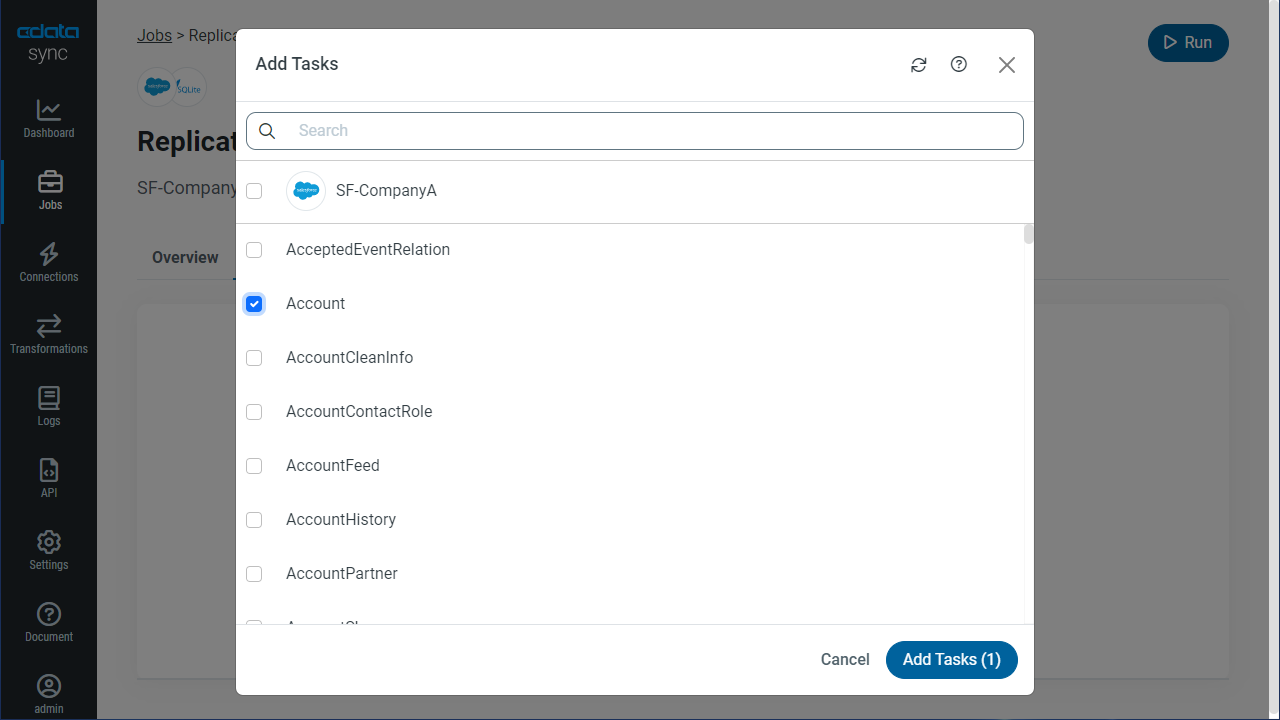
Customize Your Replication
You can use a SQL query to customize your replication. The REPLICATE statement is a high-level command that caches and maintains a table in your database. You can define any SELECT query supported by the YouTube Analytics API. To customize your replication, click Add Custom Query in the Tables section and define the Query Statement.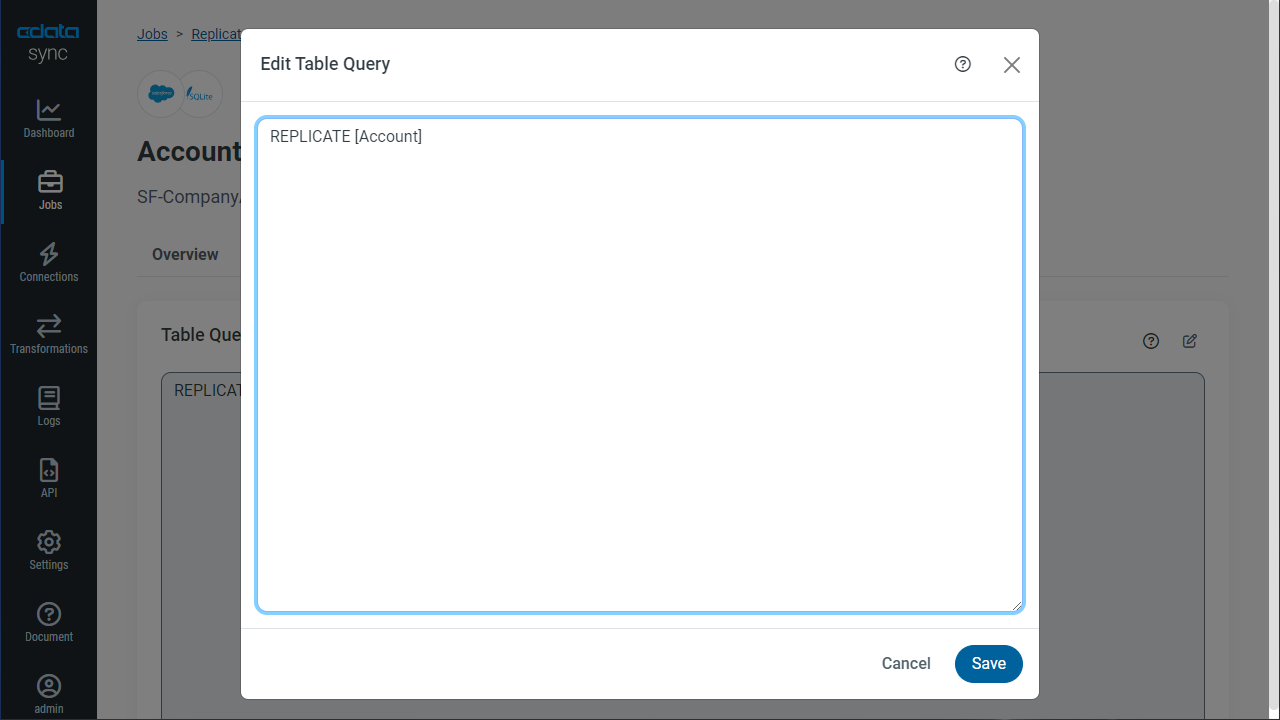
The statement below caches and incrementally updates a table of YouTube Analytics data:
REPLICATE Groups;
You can specify a file containing the replication queries you want to use to update a particular database. Separate replication statements with semicolons. The following options are useful if you are replicating multiple YouTube Analytics accounts into the same database:
-
Use a different table prefix in the REPLICATE SELECT statement:
REPLICATE PROD_Groups SELECT * FROM Groups; -
Alternatively, use a different schema:
REPLICATE PROD.Groups SELECT * FROM Groups;
Schedule Your Replication
In the Schedule section, you can schedule a job to run automatically, configuring the job to run after specified intervals ranging from once every 10 minutes to once every month.
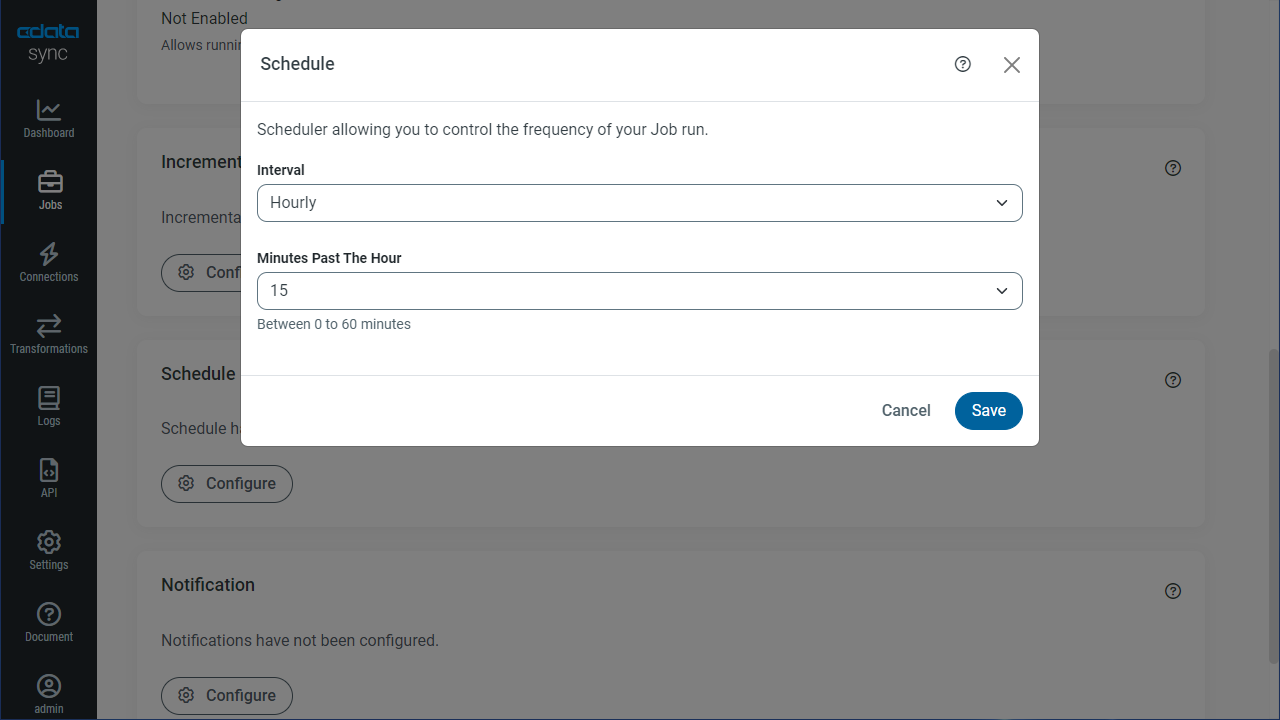
Once you have configured the replication job, click Save Changes. You can configure any number of jobs to manage the replication of your YouTube Analytics data to disparate on-premises, cloud-based, and other databases.







